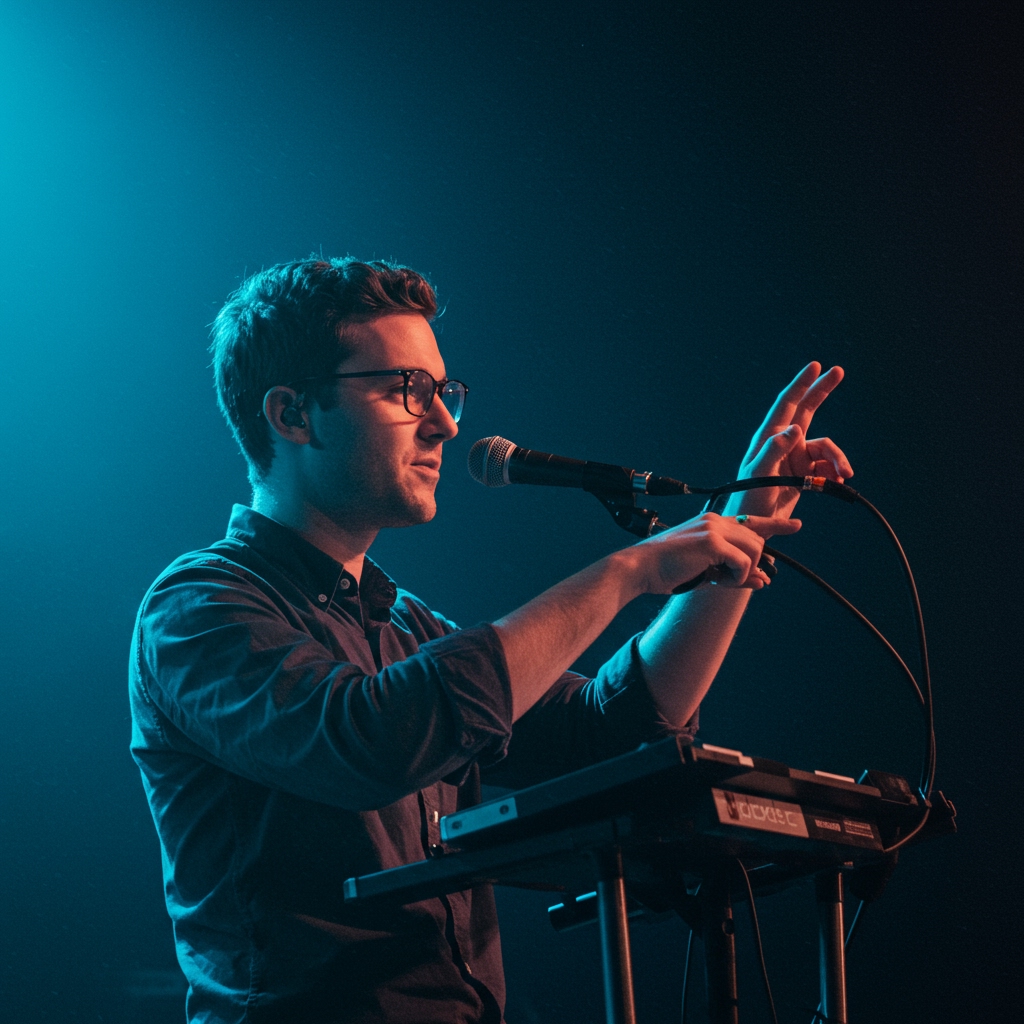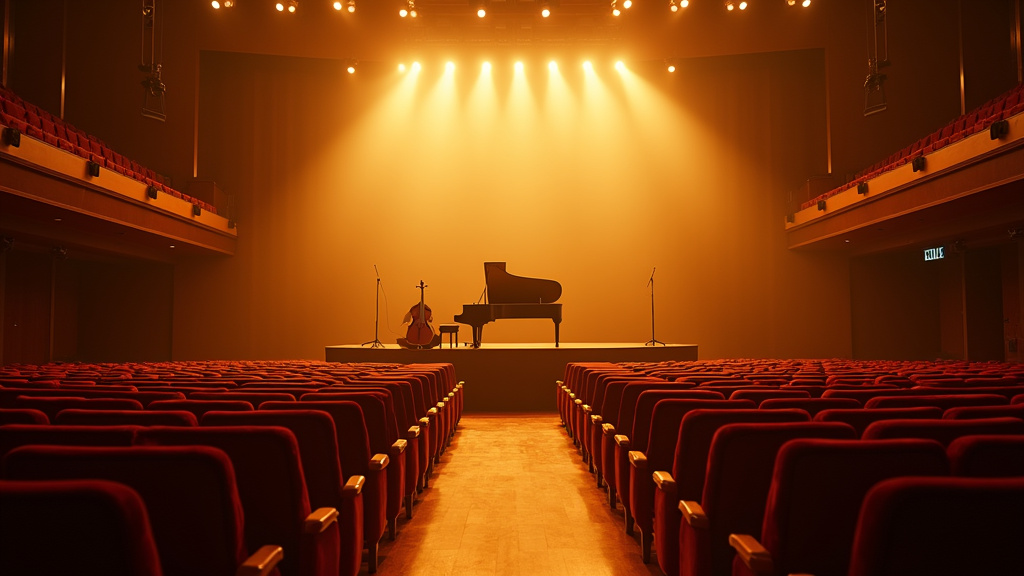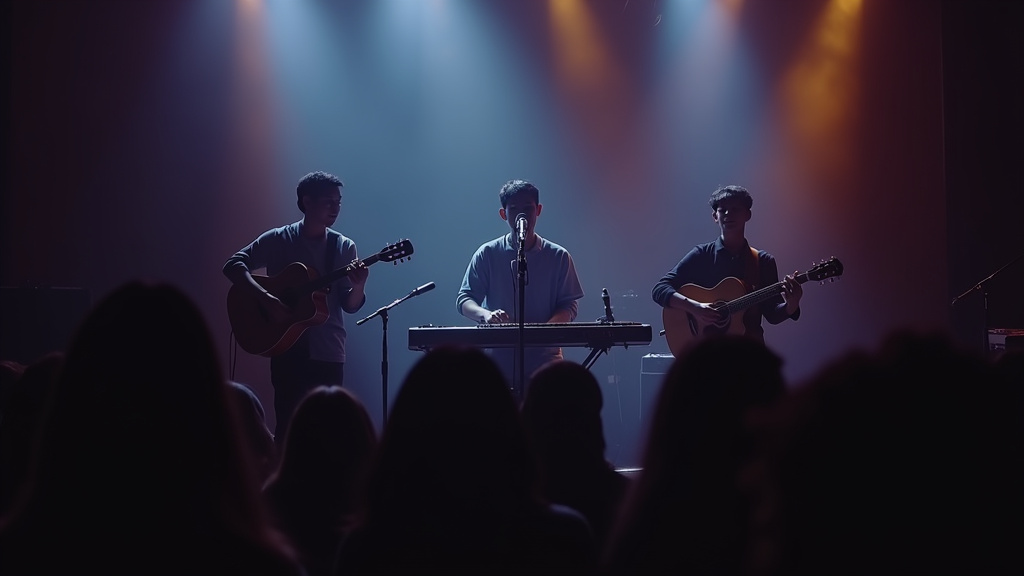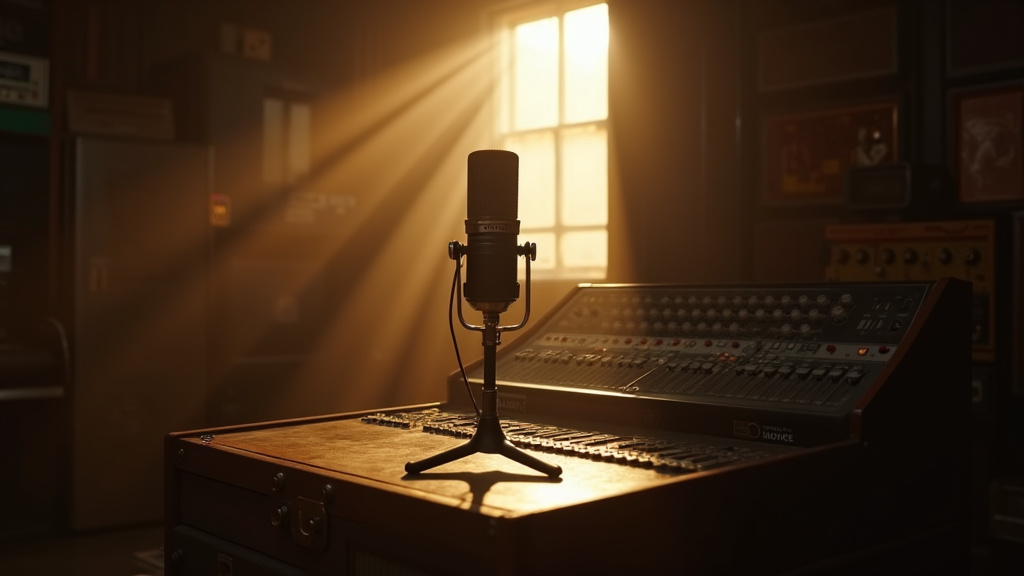BARCELONA – While Europe’s music streaming market continues its robust growth, generating an impressive €11.13 billion in 2024, industry insiders and innovators gathered at Sónar+D 2025 in Barcelona point to a deeper, more profound transformation underway. This shift is being aggressively driven by the accelerating impact of artificial intelligence and a new wave of tech-savvy European founders pushing the boundaries of creativity and commerce.
The annual Sónar+D event serves as a vital platform for engagement, fostering learning, critical reflection, and essential discussions on how technology is fundamentally redefining creativity, innovation, and commerce within the global music and arts sectors. This year, the influence of artificial intelligence was impossible to ignore, shaping a significant portion of the agenda and featuring prominently across numerous speeches, panel discussions, and a dedicated startup pitch session.
The AI Imperative: Shaping the Sónar+D Agenda
The pervasive presence of AI at Sónar+D 2025 underscored its rapid integration into every facet of the creative process and business model. Discussions ranged from AI’s potential to generate novel musical forms and textures to its implications for copyright, distribution, and the livelihoods of artists. The consensus emerging from the sessions was not merely about adapting to AI but actively shaping its future trajectory within the industry.
Panelists explored the ethical considerations of AI-generated content, the potential for personalized music experiences on an unprecedented scale, and the tools being developed to empower creators rather than replace them. The startup pitch session, a key highlight, demonstrated practical applications of AI and advanced technology, offering a glimpse into the commercial viability of these innovations.
Startup Innovation: Pioneers in Music Tech
A number of European startups are at the forefront of this technological charge, showcasing diverse approaches to leveraging AI and technology to enhance music creation, experience, and market access. Among those highlighted were Synegram, BEAM, and Sounds Market, each bringing a unique proposition to the ecosystem.
Synegram, for example, is developing a fascinating application of technology that transforms music into geometrical shapes using the principle of synesthesia – a neurological phenomenon where stimulation of one sensory or cognitive pathway leads to automatic, involuntary experiences in a second sensory or cognitive pathway. Following recognition at SXSW in Austin, the company is planning to launch a subscription platform in October 2025, offering users novel ways to visualize and interact with music.
Meanwhile, startups like BEAM, led by CEO and founder Thomas Zandrowicz, and Sounds Market, helmed by CEO and co-founder Pau Agustì Esmerats, represent the entrepreneurial spirit driving innovation in related areas of the music technology landscape. Both companies participated in the startup pitch session at Sónar+D 2025, presenting their visions for addressing current needs and future opportunities in the market.
These startups exemplify how European entrepreneurs are not just spectators but active participants in shaping the technological tools that will define the next era of music.
Experimental Frontiers: Art, Tech, and Research
Beyond the commercially focused discussions and pitches, Sónar+D 2025 also provided ample space for experimental exploration. The Project Area at the event featured over 70 installations, showcasing a rich blend of technology, design, and speculative research that pushes the boundaries of artistic expression and human experience.
These projects delved into complex themes and employed cutting-edge techniques. Highlights included Rafa Roeder’s poignant exploration of digital exhaustion in contemporary society, Lawrence Lek’s conceptual work on therapeutic cyborg gaming, which examines the intersection of technology, healing, and human enhancement, and Vanessa Lorenzo’s work derived from a quantum computing residency, hinting at the potential of advanced computational power in creative fields. Another notable project was Xin Liu’s live genome printing experiment, a performance piece that merges biological processes with artistic creation, demonstrating the increasingly blurred lines between art, science, and technology.
These installations served as powerful examples of how artists and researchers are using technology not just as a tool for production but as a medium for critical inquiry and speculative imagining, reflecting on the impacts of technology on our lives and potential futures.
Reflecting on the Future: Beyond Commerce
Sónar+D 2025 reinforced its role as more than just a trade fair; it is a crucial forum for intellectual exchange. The event successfully facilitated discussions that moved beyond mere market trends to address the deeper implications of technology for creativity and culture. Participants engaged in critical reflection on the future of human-AI collaboration, the evolving relationship between artists and technology, and the potential for technology to foster new forms of expression and community.
The dialogue consistently circled back to how these technological advancements are not just reshaping commercial models but are fundamentally redefining the very nature of creative practice and artistic possibility. The emphasis was on understanding how technology can empower creators, democratize access to tools, and foster innovation in ways that were previously unimaginable.
As Europe’s music market continues its growth trajectory, the insights and innovations presented at events like Sónar+D 2025 underscore a dynamic and forward-looking ecosystem. The convergence of AI acceleration, entrepreneurial drive from startups like Synegram, BEAM, and Sounds Market, and bold experimental research is not just augmenting the music industry; it is actively forging its creative futures, promising a landscape rich with technological potential and artistic innovation.





